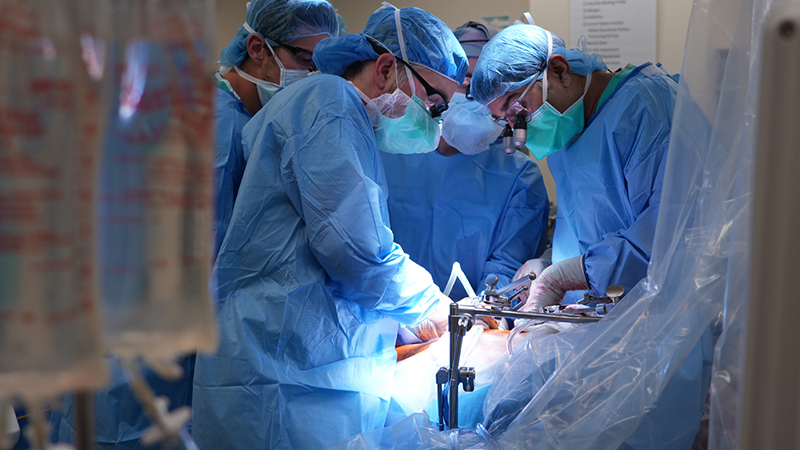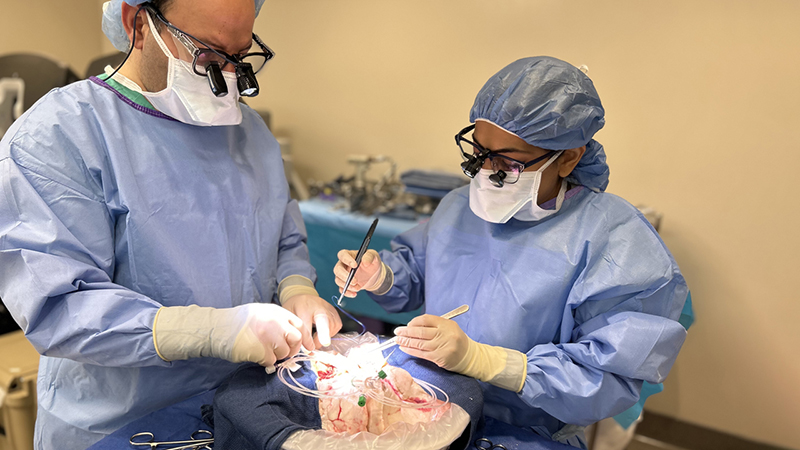Proton Therapy for Pediatric Tumors
Precision Radiation Reduces Side Effects
Updated May 2024
Childhood cancer is a heartbreaking diagnosis, and one that nearly 10,000 children under age 14 in the United States receive each year. But because of major treatment breakthroughs, more than 83% of children diagnosed with cancer survive five years or more. And due to the precision of proton therapy, many are living with fewer side effects than ever before.
Leukemia, brain and central nervous system (CNS) tumors, neuroblastoma, Wilms tumor, and both Hodgkin and non-Hodgkin lymphoma are some of the most common cancers affecting children under 15. Childhood cancers are not strongly linked to lifestyle or environmental risk factors, and they tend to respond better to treatments like chemotherapy. Some of these cancers, particularly brain and CNS tumors, can be treated with proton therapy.
Proton therapy exposes the least amount of surrounding healthy tissue to radiation, which has the potential to cause fewer side effects. At the Northwestern Medicine Proton Center, specialists use proton beam therapy with pencil-beam scanning to treat pediatric tumors and improve children’s long-term quality of life.
Stephen A. Mihalcik, MD, PhD, the medical director of the Northwestern Medicine Proton Center, answers key questions to provide more insight on the treatment.
How does proton beam therapy work?
Proton therapy allows us to spare more normal tissue than standard radiation therapy.— Stephen A. Mihalcik, MD, PhD
Protons stop at a specified depth within the body, providing treatment to the tumor and very little dose beyond the tumor. Pencil-beam proton treatment administers the prescribed radiation dose one spot at a time, allowing clinicians to be extremely precise with treatment.
What makes proton beam therapy a breakthrough treatment?
The physics of proton therapy allows clinicians to spare more normal tissue than standard radiation therapy, and the pencil-beam treatment allows even greater precision. This can be especially beneficial when the treatment is near critical tissues like the spinal cord, brainstem and optic nerves.
How can children benefit from proton therapy?
Proton therapy provides children the same chance of cure as standard radiation therapy — including intensity-modulated radiation therapy. But proton therapy has a lower risk of long-term side effects. Specific effects depend on which part of the body is being treated and the relationship of the tumor to the nearby parts of the body that need protection. The brain is the most common site of treatment in children. Proton therapy can decrease the risks of problems with memory, concentration, vision and hearing by sparing more healthy tissue.
Can proton therapy improve quality of life during cancer treatment?
For some cancers, there are fewer side effects during treatment. However the primary benefit of proton therapy is to improve quality of life in the long run. Protons are associated with fewer long-term issues following treatment, which is especially important in younger patients.
What is the history of proton therapy and pediatric cancer at Northwestern Medicine?
Proton therapy has been used to treat children for more than 60 years, but it was only available at a handful of sites in the United States. The Northwestern Medicine Proton Center opened in October 2010 and has been linked with Ann & Robert H. Lurie Children’s Hospital of Chicago since the beginning. Lurie Children’s pediatric oncologists come to the Proton Center to see patients for treatment, and our radiation oncologists participate in the weekly tumor boards and weekly clinics at Lurie Children’s.
Our youngest patients often require anesthesia as part of treatment. We partner with anesthesiologists from Ann & Robert H. Lurie Children’s Hospital of Chicago to provide that service at the center. Our pediatric patients also often need rehabilitation therapy. A physician from Northwestern Medicine Marianjoy Rehabilitation Hospital, who specializes in pediatric physical medicine and rehabilitation, also partners with us to care for our pediatric patients at the center.
Are scientists researching proton therapy?
The medical community continues to conduct research studies on proton therapy. Major healthcare organizations across the United States have many ongoing clinical trials to help find improvements in treating cancer with proton therapy. As a dedicated provider of proton therapy, the Proton Center is currently participating in several clinical trials.
Learn more about proton therapy.





